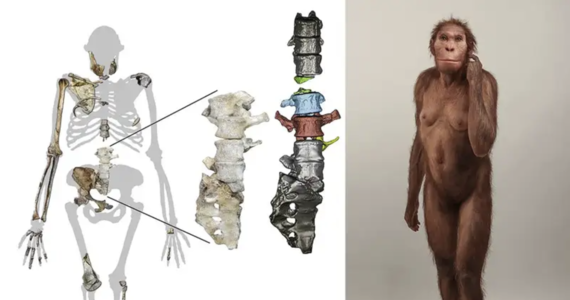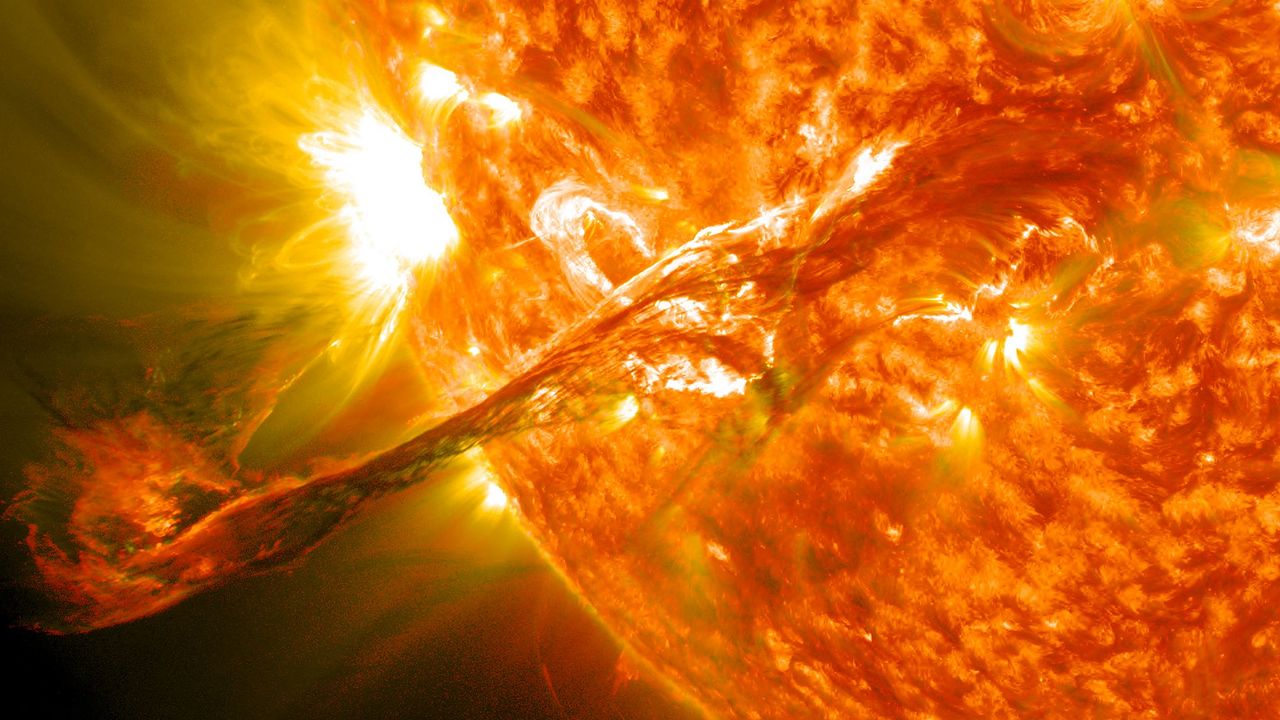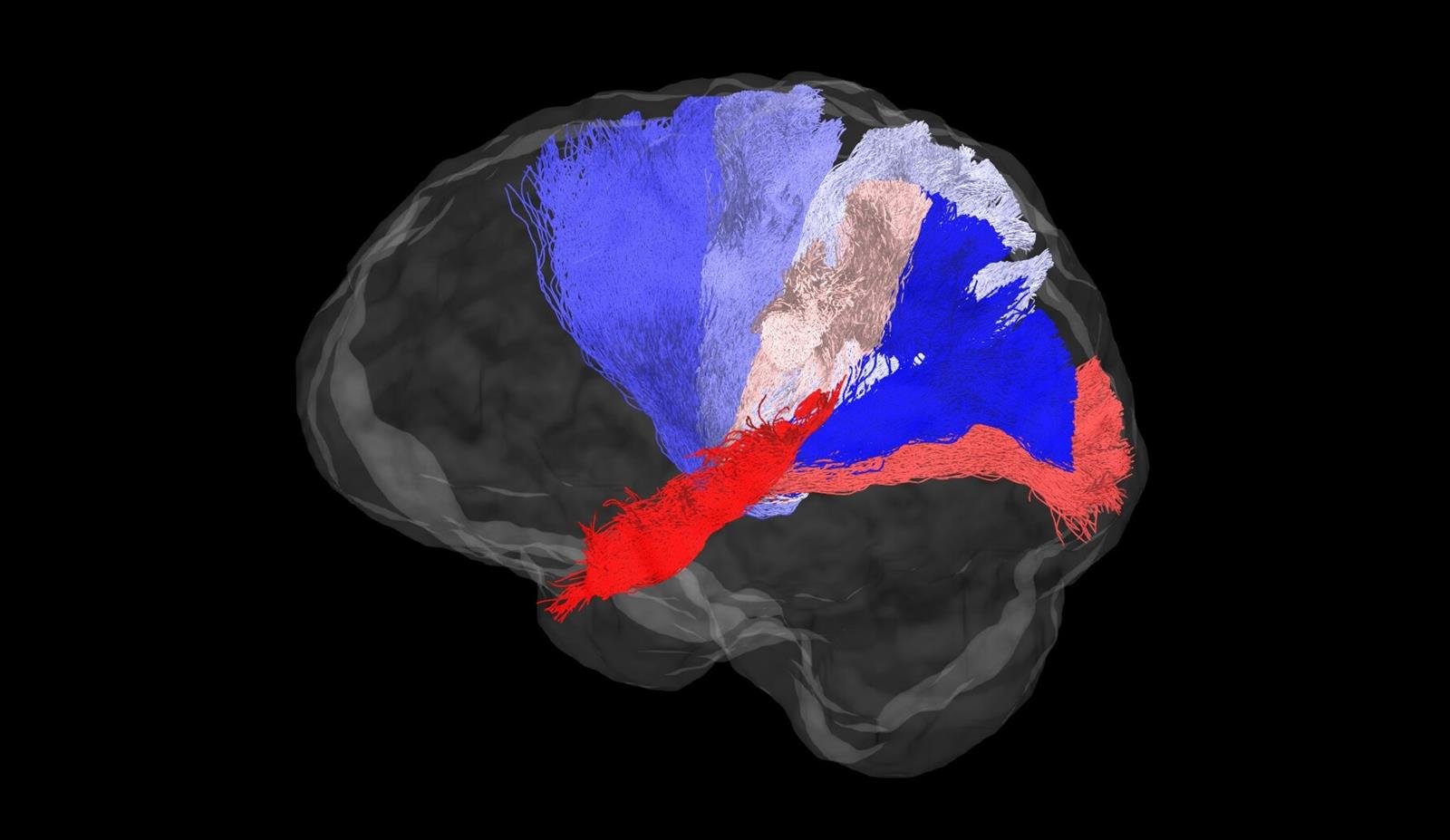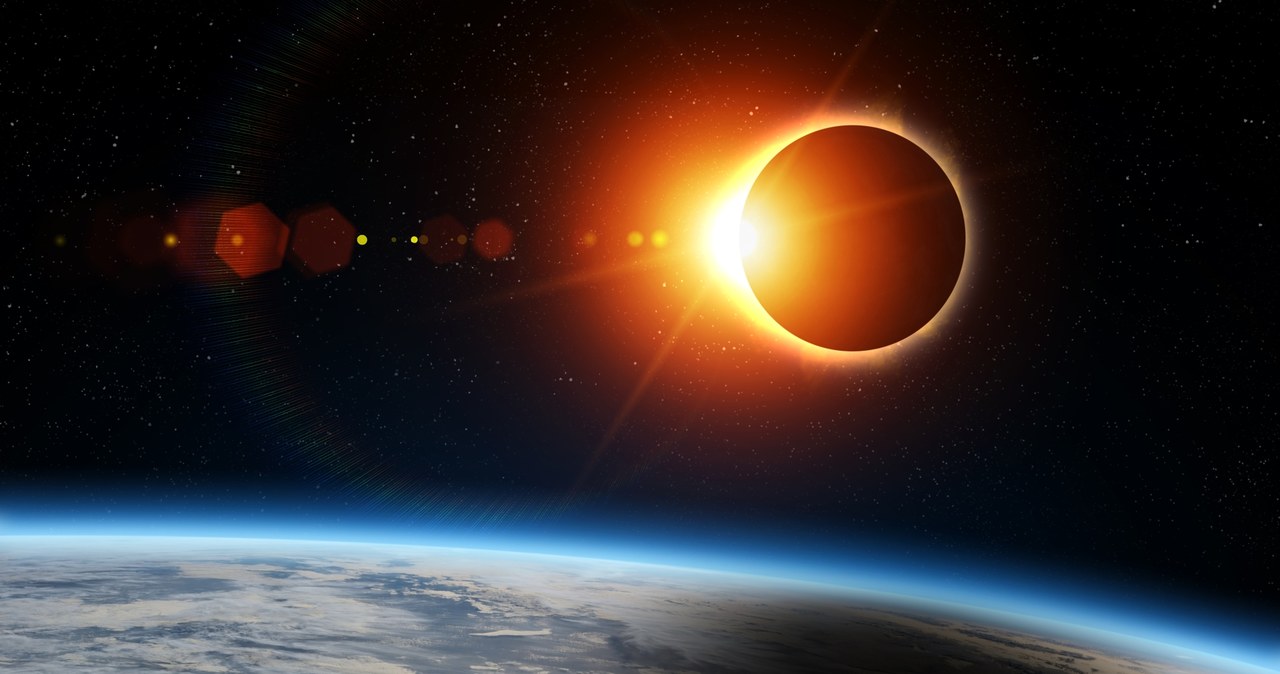Objects spotted by the telescope had previously been spotted in the data as the most distant galaxies in history, but the observations were subject to a large degree of uncertainty. Now it has finally been confirmed that four of them are the most distant space objects ever observed. The electromagnetic radiation recorded by James Webb’s instruments was emitted more than 13.4 billion years ago. Given that the universe itself is less than 13.8 billion years old, this means that we see these galaxies as they were less than 400 million years after the Big Bang, with the farthest galaxy we can observe as it was 320 million years after the Big Bang. Before the launch of the James Webb Space Telescope, observing such objects was completely impossible.
Also read: Webb with a new record. These are the most distant galaxies we’ve ever seen
comments It was conducted by an international team of scientists as part of the JADES survey focused on deep-sky objects. The James Webb Space Telescope has been pointed at Hubble Ultra Deep Field objects and their immediate vicinity. It is a small patch of sky that has been studied for decades by all the largest and most powerful ground and space telescopes. Thanks to observations made with the NIRcam instrument in nine different infrared bands, it was possible to confirm in detail not only the distances to the observed galaxies, but also their physical properties.
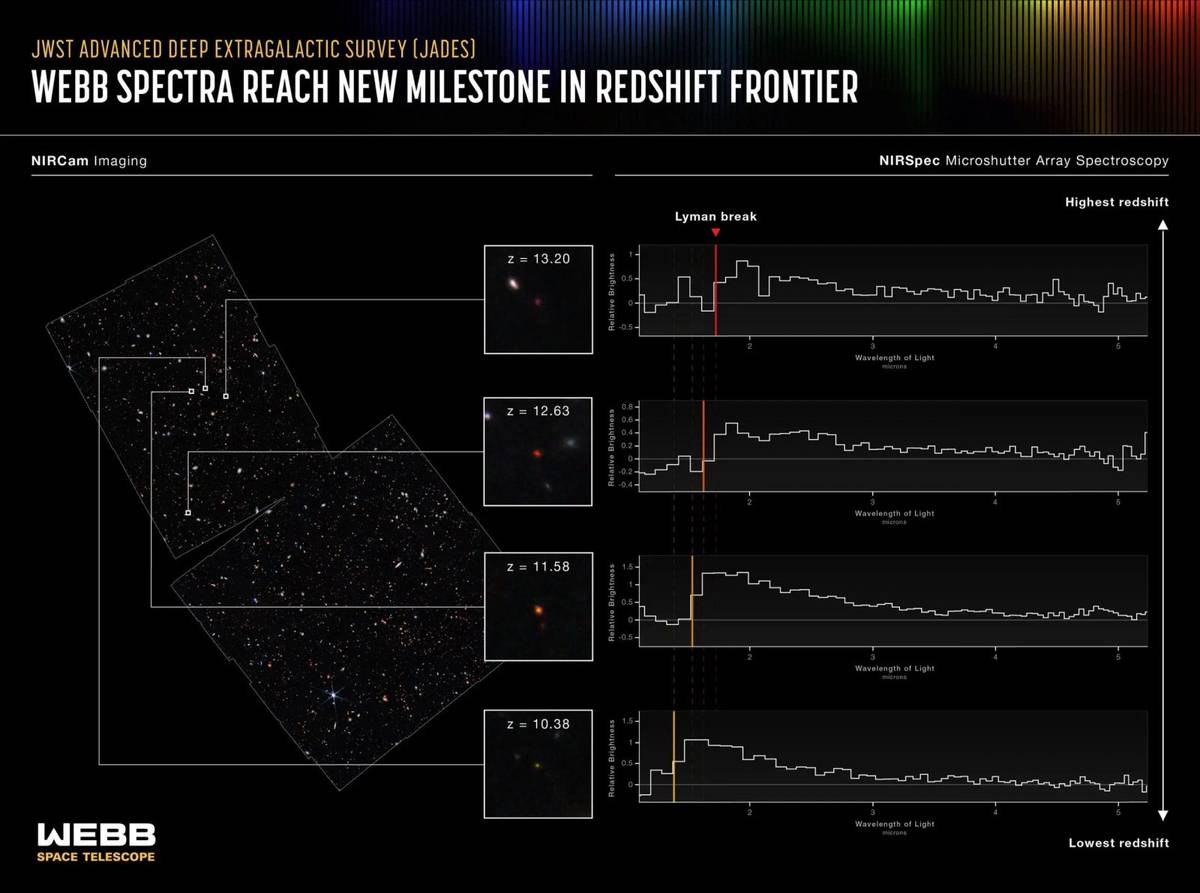
How is the distance to a distant galaxy measured?
Astronomers usually measure distances to galaxies based on their redshift. As the universe expands, everything in the universe is moving away from each other. The more an object we notice, the faster it moves away from us, and the longer the radiation it emits, as it moves toward us, or redshifts. By measuring the brightness of the observed galaxies through various filters, their redshift can be estimated. However, only spectral observations, in which the radiation that reaches us is divided into individual components, can finally confirm the value of the redshift.
Two of the four galaxies involved were previously observed with the Hubble Space Telescope. Now, observations led by James Webb have confirmed its redshifts of 10.38 and 11.58. The other two galaxies were only discovered by JWST and have redshifts of 12.63 and 13.20. The last value corresponds to a distance of 13.5 billion light years. So in this case we are dealing with a record holder. The stars that make up this galaxy began forming a hundred million years before we observed it. So we are talking about stars that formed only 225 million years after the Big Bang.
However, it should be noted here that other teams of researchers analyzing data from James Webb have reported the discovery of galaxies that appear farther away than described above. For now, they have to wait for their spectroscopic measurements. However, it is possible that in a few months, today’s record holder will drop to an even lower place, and we will hear about the next farthest galaxy ever observed.

Echo Richards embodies a personality that is a delightful contradiction: a humble musicaholic who never brags about her expansive knowledge of both classic and contemporary tunes. Infuriatingly modest, one would never know from a mere conversation how deeply entrenched she is in the world of music. This passion seamlessly translates into her problem-solving skills, with Echo often drawing inspiration from melodies and rhythms. A voracious reader, she dives deep into literature, using stories to influence her own hardcore writing. Her spirited advocacy for alcohol isn’t about mere indulgence, but about celebrating life’s poignant moments.


